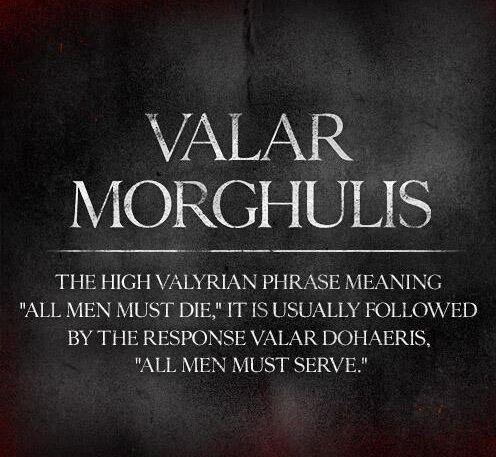How many languages are there in the world? No one will tell you for sure, but unofficial statistics say about 7 thousand. Europe speaks 230 languages, but in Asia, there are more than 2 thousand. The most popular are Chinese, English, and Hindi. However, this was not enough – people continued to create new languages. Why do we need it? JIT.Academy tried to figure it out.
What is artificial language?
“An artificial language is a language the phonology, grammar, and vocabulary of which have been purposefully created by an individual or group of individuals.”
Artificial languages are created, among other things, for experiments in linguistics, to facilitate international communication, to work in specific fields (such as programming languages), or to add realism to a fictional world (in books and films).
According to some sources, the first artificial language is Lingua Ignota (Latin Lingua Ignota, “unknown language”), created by the German abbess Hildegard of Bingen. There is an assumption that the nuns used it as a secret language.
One of the most common and well-known artificial languages is Esperanto. It was created in 1887 based on the most common European languages by the Polish doctor and polyglot Ludowyk Lazar Zamenhof to ensure an equal position between people. For example, a bird in Esperanto is birdo, a factory is fabriko, and a hare is leporo.
The creator of the language called it international. Esperanto grammar consists of only 16 rules without any exceptions.
Esperanto is the only artificial language in which the Greek Catholic Church was allowed to conduct Divine Service. By the way, one of the most famous Esperantoists is the global financier George Soros.
Elvish and Dothraki languages
The heroes speak fictional artificial languages of our favorite novels, serials, and movie sagas.
The world-famous British author and philologist John Ronald Reuel Tolkien began creating artificial languages as a teenager and devoted his entire life to this work, inventing several dozen languages. His languages are spoken by the characters of “The Lord of the Rings” and “The Hobbit”: Elvish (its transcription is visually very similar to Latin), the language of the dwarves and the Ents, and the black tongue of Sauron.
Tolkien’s languages are studied in universities, and enthusiasts have created an online translator from the Elvish language.
The heroes of George Martin’s saga Game of Thrones, as well as its phenomenal TV adaptation, speak Valyrian and Dothraki. The most educated characters, in turn, speak Old Valyrian fluently.
The languages based on the original text in the novels were created by linguist David Petersen, who won the contest for the series’ creators. Linguists call the Dothraki language a mixture of Arabic and Spanish, and the High Valyrian language is again compared to Latin.
Many programs and applications have been created to learn the languages of Game of Thrones. For example, you can learn Old Valyrian on the free language learning platform “Duolingo.”
Also at your service is a Klingon language course created by linguist Mark Okrand on behalf of Paramount Studios for one of the alien races in the cult fantasy universe of Star Trek.
Another example of artificial language is the newspeak language from George Orwell’s dystopian novel “1984”. The language was created based on official documents of the Third Reich and the Stalinist USSR of the writer’s time. Newspeak is formed from classical English through its simplification and shortening. It is unique in that it is the only language in the world from which words disappear.
These are just a few examples from a vast list of unreal languages. It will undoubtedly only increase in the future because every new language is a new world, and its creators are pioneers. Perhaps you will create the next one yourself!

 Українська
Українська Русский
Русский




















 Анна викладає англійську вже три роки, працюючи з учнями різних вікових категорій на індивідуальних та групових заняттях. Здобувши ступінь бакалавра з психології у Львівському національному університеті, Анна завжди прагне знайти індивідуальний підхід до кожного студента, мотивуючи і допомагаючи їм справлятися з труднощами. Вдосконаливши своє знання англійської мови в Великобританії, важливим аспектом в своїй роботі вважає обмін викладацьким досвідом з носіями мови.
Анна викладає англійську вже три роки, працюючи з учнями різних вікових категорій на індивідуальних та групових заняттях. Здобувши ступінь бакалавра з психології у Львівському національному університеті, Анна завжди прагне знайти індивідуальний підхід до кожного студента, мотивуючи і допомагаючи їм справлятися з труднощами. Вдосконаливши своє знання англійської мови в Великобританії, важливим аспектом в своїй роботі вважає обмін викладацьким досвідом з носіями мови.